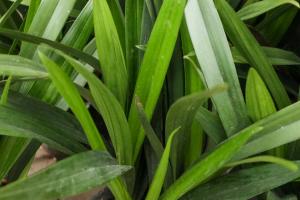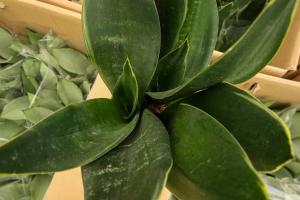How Do You Treat Fungus on Tomato Plants?
Tomato plants are susceptible to a range of fungal diseases, including early blight, late blight, and powdery mildew. If left untreated, these diseases can quickly spread and lead to reduced yields or even the death of the plant. Fortunately, there are several effective treatments available to control and prevent fungal infections on tomato plants.
1. Practice Good Hygiene
The first step in preventing fungal infections on tomato plants is to practice good hygiene. This involves removing any diseased leaves or branches as soon as they are noticed, and disposing of them in the trash or compost rather than leaving them on the ground. It's also important to clean any gardening tools, including shears and stake materials, before and after each use to prevent the spread of fungal spores.
2. Improve Airflow
Fungal infections thrive in moist, stagnant environments, so it's important to improve airflow around your tomato plants. This can be achieved by spacing plants further apart to allow for better air circulation, or by using a trellis or staking system to keep leaves off the ground. It's also a good idea to avoid watering plants from above, as this can lead to moisture buildup on leaves and encourage fungal growth.
3. Use Fungicides
If you notice signs of fungal infection on your tomato plants, using a fungicide can help control the spread of the disease. There are many options available, including organic and chemical-based products. Organic options like neem oil, baking soda, or copper fungicides can be effective in controlling fungal infections, while chemical-based products like chlorothalonil or mancozeb are often used in commercial agriculture settings.
4. Rotate Crops
Rotating your crops can also help prevent fungal infections on tomato plants. This involves planting tomatoes in a different location each year, as well as avoiding other plants in the same family (such as peppers, eggplants, or potatoes) in the same area. This can help reduce the buildup of fungal spores in the soil, as well as allow for better nutrient uptake and overall plant health.
5. Choose Resistant Varieties
When selecting tomato plants to grow in your garden, choosing varieties that are resistant to fungal infections can be helpful. Many modern hybrid varieties have been bred to be resistant to common fungal diseases like early blight and late blight, and can be a good option for gardeners who are struggling with fungal infections. However, it's important to note that even resistant varieties can still be susceptible to other fungal diseases like powdery mildew.
Conclusion
Controlling and preventing fungal infections on tomato plants requires a combination of good hygiene, improved airflow, and the use of fungicides or other treatments as needed. By following these tips and keeping a close eye on your plants for signs of fungal infection, you can help ensure a healthy and productive harvest of delicious tomatoes.

 how many times do yo...
how many times do yo... how many planted tre...
how many planted tre... how many pine trees ...
how many pine trees ... how many pecan trees...
how many pecan trees... how many plants comp...
how many plants comp... how many plants can ...
how many plants can ... how many plants and ...
how many plants and ... how many pepper plan...
how many pepper plan...





























